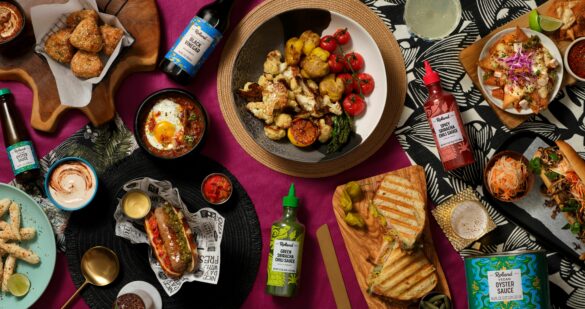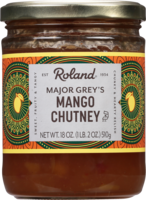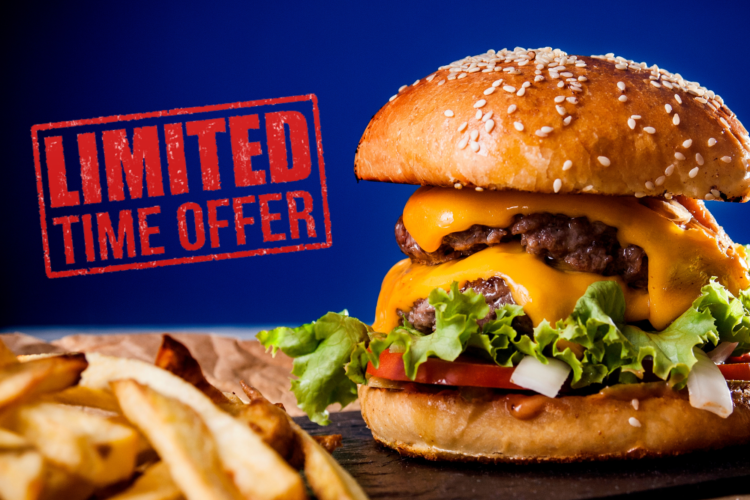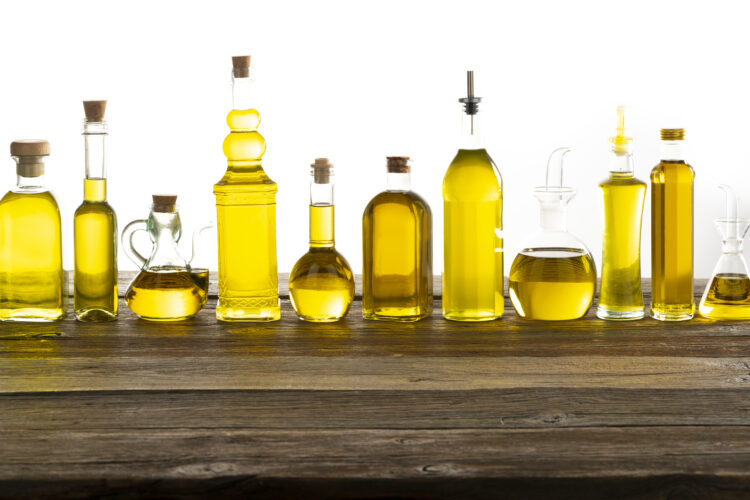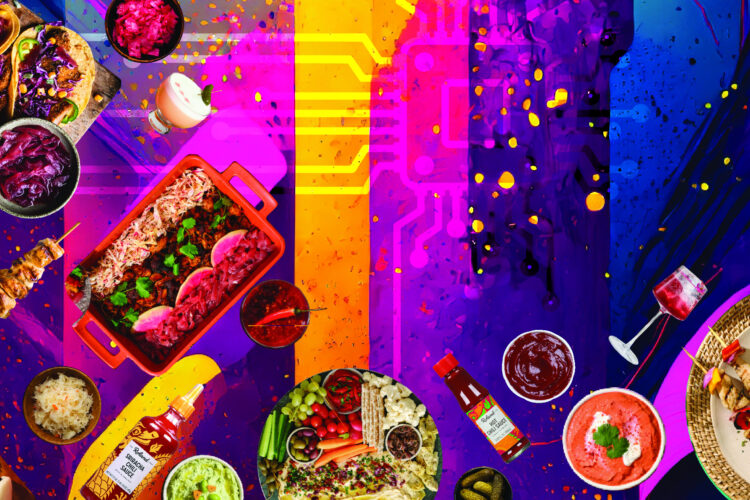December 10, 2022 | Food Trends
Indian Cuisine Guide | Exploring a Nation's Diverse Culinary Offerings
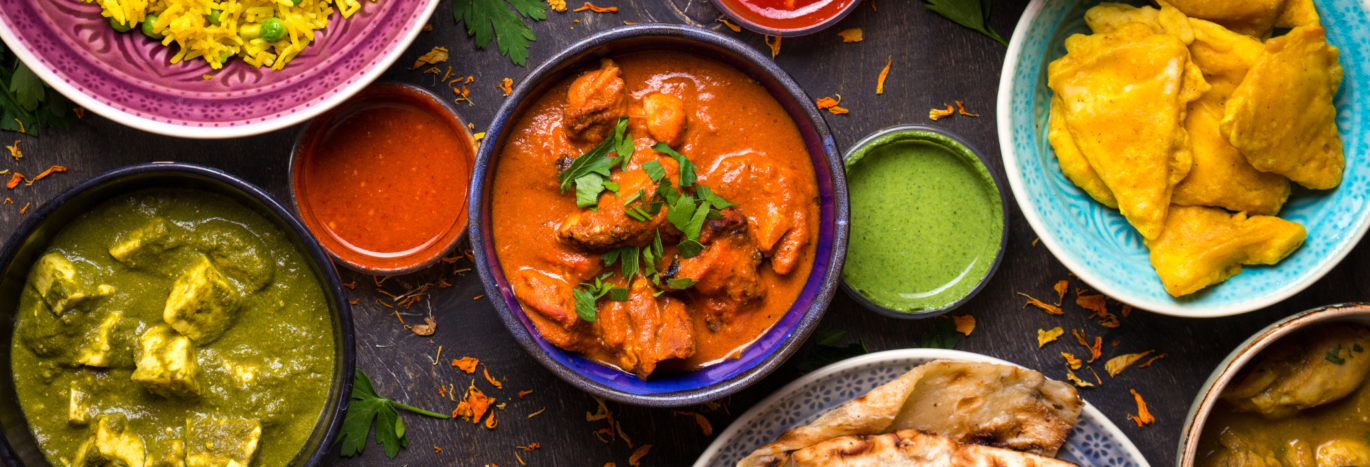
Indian cuisine, known for its rich, spicy, and intense flavors, is a combination of culinary traditions and influences from across the Asian continent. As discussed in our 2023 Fine Foods Industry Trends and Predictions Guide, an interest in global flavors has been on the rise this year, and we predict that Indian cuisine will be at the forefront in 2023. Google searches for "Indian Cuisine" are increasing, along with searches for specific items like Tikka Masala, Vindaloo, and Korma.
To better understand its complexity and diversity, we break down some of the ingredients, influences, and flavors of Indian cuisine, and touching on its history and most popular dishes.
If you are craving Indian food after this read, check out our full line of Roland® Indian Products!
Indian Cuisine 101
A History of Indian Cuisine
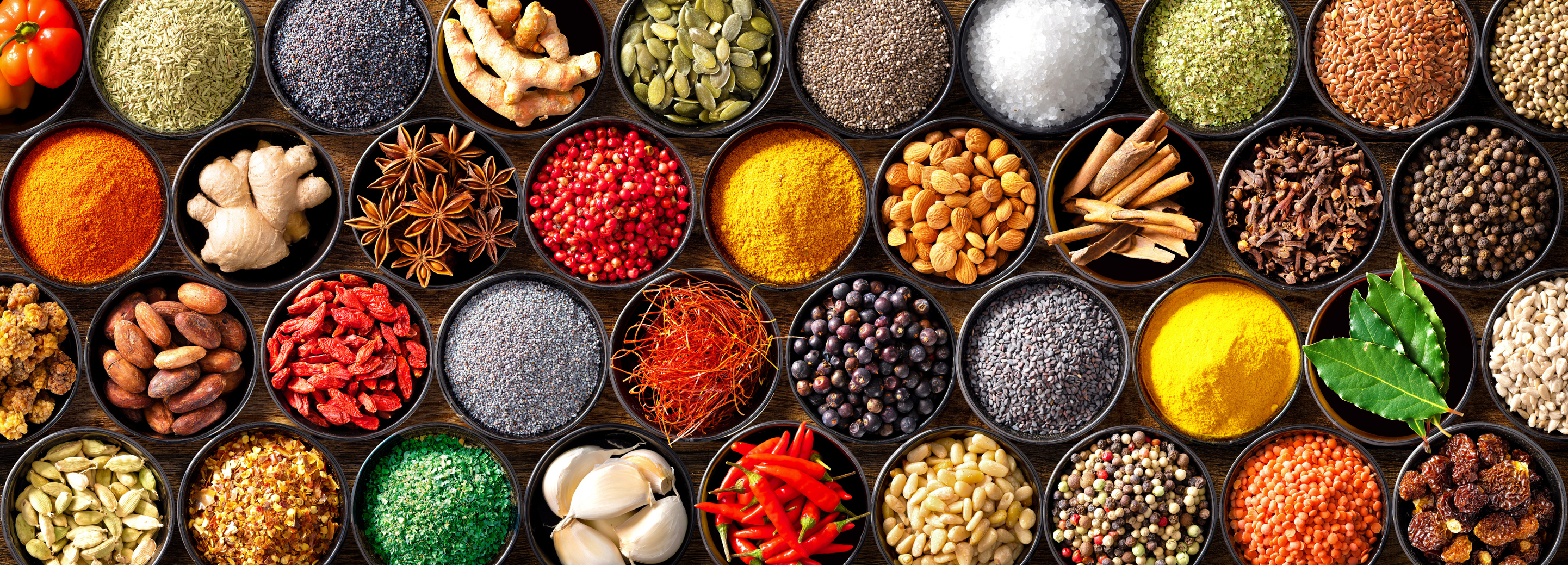
Indian cuisine has a rich history, tracing back over 5,000 years. The nation’s dishes are influenced by other Asian cuisines, such as Chinese, Mongolian, and even Persian. Still, each region in India offers its own take on dishes, traditions, and flavors, resulting in a cuisine that is quite diverse. However, the basis of all Indian cuisines, uniting each region, are the spices.
Spices
Spices are not only important for flavoring Indian dishes, they are also an integral part of the nation’s history. India is home to many of the world’s most beloved spices, and the spice trade enabled those ingredients to flow from one part of the globe to another.
In ancient times, spices were reserved for the rich and powerful, making them coveted goods (Sukhis). While many of those once-exclusive spices have become ubiquitous ingredients today, the ancient expense of spice can still be seen in the case of saffron.
Saffron remains extremely expensive, even for very small quantities, which is attributed to the farming and processing of the crop. Saffron threads are found in the center of the Crocus sativus, with only 3 stigmas per flower. This means it takes many flowers to produce a very small amount of saffron. The flowers are also extremely delicate and require the threads to be removed individually by hand to avoid damage. They must be harvested in autumn just after sunrise, so the threads do not become damaged by the sun. In all, it takes over 350 manual hours to harvest just a single pound of saffron (Reader’s Digest).
Discover our selection of Roland® Saffron.
Primary Spices
While there are too many spices in Indian cuisine to provide a comprehensive list here, it’s worth noting some of the most important spices of the region: coriander, cumin, turmeric, saffron, and cayenne pepper. The art of blending spices together is also what gives Indian cuisine its unique quality. In fact, the word masala directly translates to “spice blend.” While there are many different blends that create varying flavors, some popular Indian spice blends include Garam Masala, Chaat Masala, Tandoori Masala, and Biryani Masala (Some Indian Girl).
Often times, dishes are finished with a tadka, meaning tempering in Hindi. Oil is heated then herbs and spices are added, allowing the hot oil to absorb the flavor. Pouring this into a main dish adds another dimension of flavor and aroma.
Try our own blend of spices in Roland® Hot Curry Powder.
Spices and Ayurveda
Ayurveda is a lifestyle and dietary practice popular among many cultures in India. The natural system of medicine focuses on leading a clean and healthy life based on the principals of the Doshas and Five Elements. The three Doshas, Vata, Kapha and Pitta are the the result of many combinations of the five elements, Water, Earth, space, Fire and Air (Heathline).
In Ayurvedic cooking, spices are crucial to unlocking a meal’s benefits. Followers of Ayurveda believe many spices have healing qualities, like black pepper and ginger for gut health and turmeric to reduce inflammation (Mind Body Green).
Dishes By Region
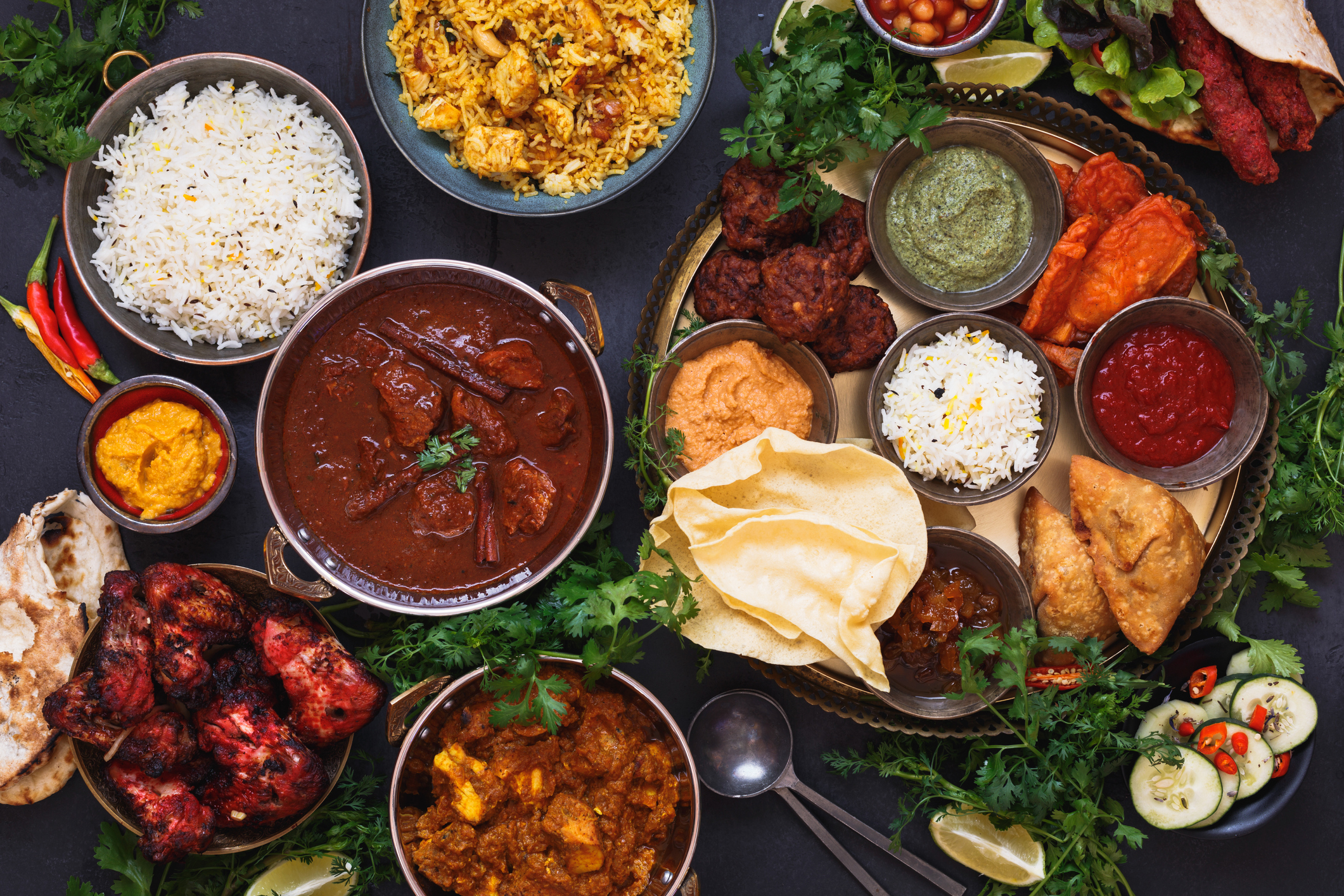
India is comprised of several regions and dozens of states, each with its own unique climate, dishes, and ingredients. To better understand this variation, let’s dive into regional cuisines, from north to south and east to west.
Northern Cuisine
Cuisine from northern India often consists of breads and curries. American diners are likely to recognize this region’s cuisine, as most of the Indian food currently available in the United States is based off northern Indian dishes, including naan, roti, and samosas. The spice blend Garam Masala is also a staple in the north, though sometimes dried herbs are incorporated to add new flavors. Northern India’s take on the customary warm after-dinner drink is tea or chai. . (Food 52).
Southern Cuisine
In the south, the climate and coastline create the perfect landscape for fruits and vegetables, as well as an abundance of seafood. These are typically included in southern dishes along with lentils, rice, and stews. Coconut milk is a favorite ingredient, used to bring richness and creaminess to the dishes. The most popular, and very hot spice blend used is Huli Pudi, which consists of ground chana dal, urad dal, coriander seeds, fenugreek seeds, dry red chili, and curry leaves. Consuming hot and spicy foods in the intense southern heat promotes sweating, which cools the body down! Proteins in the south are commonly served over rice, rather than with naan, as it proves to be a great source of energy which many need in the intense southern heat (Sukhis).
Western Cuisine
Cuisine on the western side of India is arguably the most diverse, with many different flavors and styles of cooking. The main states on the western coastline, Rajasthan, Gujarat, Maharashtra, and Goa, are each influenced by their climates as well as other Asian culinary styles. To understand this region’s cuisine, we have broken it down by state.
- Rajasthan: The climate here is hot and dry, people from this area enjoy eating spicy foods and a lot of vegetarian dishes! Chutneys are also a state favorite as the climate is harsh on crops, it is much easier to preserve their longevity this way.
- Gujarat: This area is heavily influenced by Chinese cooking, which is manifested in the sweetness of many regional dishes. A popular Gujarati style of eating is called Thaali, which translates to “large plate”. This consists of many different dishes being presented on one large plate, including sweet and savory together.
- Maharashtra: Coconut is an important ingredient in Maharashtra and is used differently depending on your proximity to the coastline. Near the water, hot and sour coconut curries are common, while the further inland you go, the more you’ll find that dried coconut is the favored ingredient.
- Goa: The region of Goa was heavily influenced by Portuguese exploration and colonization, which is easily recognized in the state’s signature dishes like Vindaloo Curries. Vinegar, red chilies, and coconut are common flavors in Goan cuisine, and fish, rice, and pork are the preferred proteins.
Eastern Cuisine
Typical cuisine on the east coast of India is simple in terms of ingredients and preparation when compared to other regions of the country. Cooking styles are far from elaborate with most dishes being steamed or fried. Proteins align with geography here, as fish is preferred near the coastline, pork is common inland. Rice, fruits, vegetables, mustard seed, and the spice mix Paanch Phoran are all typical components of this area’s cuisine. Cauliflower, potato, cabbage, plums, pears and persimmons are just a few of the abundant crops on the eastern side of India.
Paanch Phoran is an interesting mix of spices including cumin seeds, nigella seeds, fennel seeds, wild celery seeds, and fenugreek seeds. The name of the mix directly translates to “five tempering”, where these five ingredients are fried in oil or ghee. Many of the country’s most famous sweet treats also come from the east coast, including the favorites Sandesh, Rasgolla, and Kheer.
Interested in trying a spiced dessert? Check out our recipe for Chai Spiced Chocolate Truffles!
Popular Indian Ingredients in The United States
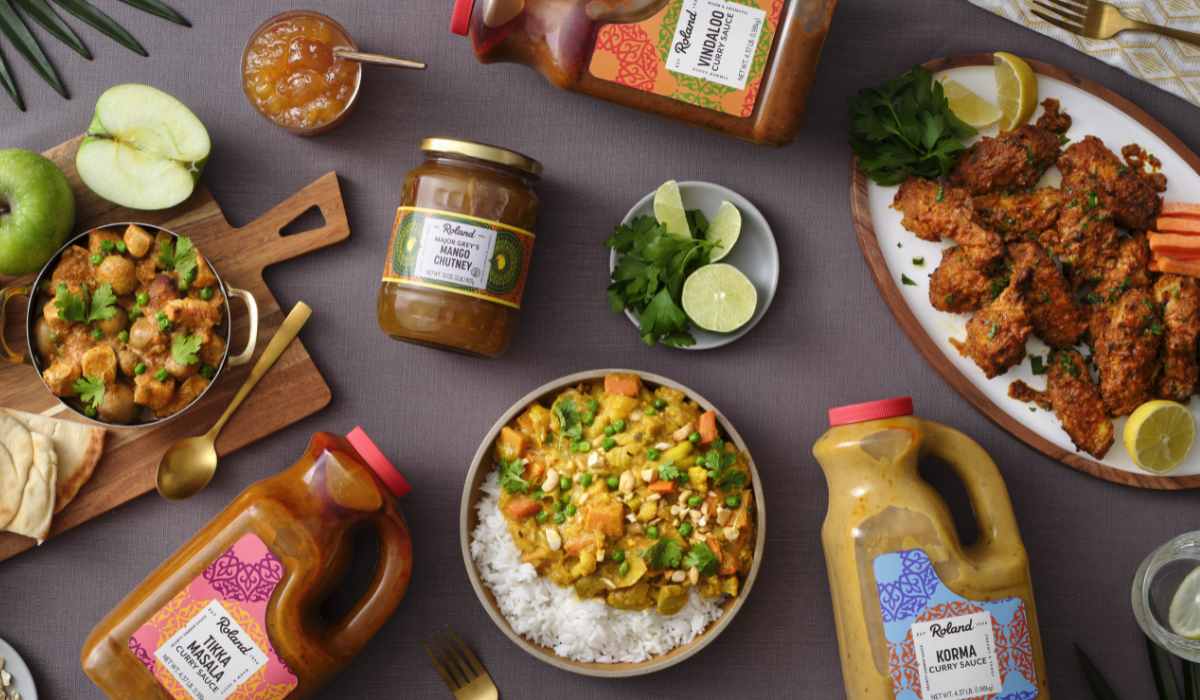
Purchases of Roland® Korma Curry Sauce have skyrocketed 118% in foodservice in the last year alone, while Roland® Tikka Masala Curry Sauce purchases have increased 42%. Based on this data, we predict there will be more Indian influences on restaurant menus in the coming months.
As previously mentioned, many of the Indian dishes served in the United States hail from northern India. Here a few of the most popular dishes and ingredients that are offered in the U.S.
Tikka Masala
One of the most recognizable Indian dishes in the U.S., Tikka Masala consists of pieces of chicken cooked in a tandoor that are then added to a tomato-based cream-curry sauce (Britannica). And while it is a favorite of many in the United States, it is perhaps even more popular across the pond, where it is often referred to as the national dish of England. The origins of this dish are unclear–some believe that it was created by a Bangladeshi chef after he moved to Britain, while others believe it was derived from multiple different adaptations of Butter Chicken.
Hungry for Chicken Tikka Masala? Get our ready-to-use Roland® Tikka Masala Curry Sauce.
Vindaloo
The origins of Vindaloo can be traced back to the colonial period in the region of Goa, a state on the southwestern coast of India. The dish is a result of colonization and assimilation, which is seen in its ingredients and flavors. While many think it is original to India, it was actually derived from the Portuguese dish carne de vinho e alhos (meat marinated with garlic and wine), adapted when Portuguese explorers came to India in the early 15th century. This curry is characterized by intense flavors of heat and vinegar, and is even referred to as the “King of Curries” (SCMP).
Ready to try Vindaloo Curry? Discover our Roland® Vindaloo Curry Sauce.
Korma
Korma, originally spelled Quorema or Kurma, was a favorite of many rulers during the Mughal Empire in India (16th-19th centuries). This classic north-Indian dish made with yogurt, ginger, coconut milk, whole black cardamom, and coriander has a mild heat and rich yellow color. Ghee (clarified butter), which is a staple ingredient in Indian cuisine, is a critical component in Korma recipes (Dawn).
Get our Roland® Korma Curry Sauce to try at home!
Chutney
Originating in the Indian subcontinent, chutneys can be traced back to 500 BC. Chutneys are a simple formula of slow cooking sugar, vinegar, spices, and fruits or vegetables together for a few hours until it forms a jelly-like consistency (How To Make Dinner). This ancient method of preserving food has been adopted by many other traditions and can be seen all over the world. Chutneys are varied and can be made sweet or spicy and served with many different dishes. Perhaps one of the most famous chutneys is Mango Chutney, which is a topping or glaze that lends complex sweetness to a meal (Reluctant Gourmet).
Check out our assortment of Roland® Chutneys!
Want to explore more? We have highlighted some of our most popular Indian Cuisine ingredients in a Product Spotlight.
U.S. Indian Restaurants to Explore
Restaurants are often early indicators of food trends, which then trickle down into retail and consumer-adopted behavior. And we’re already seeing an increased interest in Indian products within the foodservice industry.
Seeking out authentic global cuisine can be difficult, so we’ve curated a short list of a few amazing restaurants across the U.S. serving authentic Indian cuisine.
Junoon – New York, NY
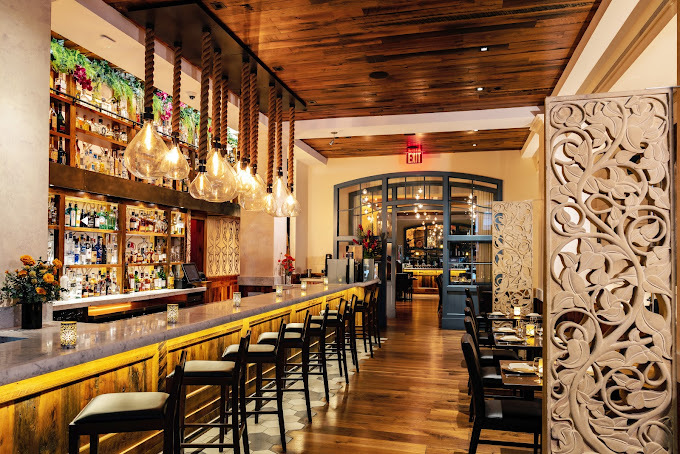
This Michelin-starred restaurant has topped many lists for the best modern Indian cuisine. The restaurant is famous for its adventurous dishes that are true to the culture. The inspiration behind this menu stemmed from a desire for customers to expand their knowledge of authentic Indian cuisine and to stop playing it safe with classic American-style Indian dishes. Try the tandoori octopus or the brain toast for some show stopping flavors (Mashed).
Spice Room – Denver, CO
The magic behind the delicious dishes at the Spice Room is the team of Indian and Nepali chefs who collaboratively incorporate family recipes from both nations. The overlapping cuisines provide a diverse menu with large variety, and customers are encouraged to share several plates with their party to taste a little bit of everything! Eye-catching menu items include, Chicken Pathia, Dahi Papari, Honey Chicken Curry and the Shikarani.
Ghee – Kendall, FL
Another Michelin-recommended Indian establishment, Ghee is located just outside of Miami. Chef Niven Patel pulls culinary inspiration from the many kitchens he has worked in throughout India. Ghee is known for its farm-to-table approach, as Chef Patel is moved by the impact of local ingredients on the quality of his dishes. In 2014, he founded Ranch Patel, which cultivates 35% of the traditional Indian produce used daily at Ghee.
Vik’s Chaat Corner – Berkeley, CA
A family-run business that started as a small food counter has transformed into a renowned stop for some of the best Indian cuisine. Founded by Amod Chopra in 1989, Vik’s focuses on preserving the tradition of “chaat,” which is Indian street food. Over the last 30 years, the company has moved to accommodate the masses of customers, but the quality has never changed. Ingredients are chopped daily, everything is made by hand, and most dishes are inspired by family recipes of Chopra’s childhood in India.
A Global Pantry
At Roland Foods, we celebrate all cuisines and are proud to offer dozens of global ingredients, including a growing line of Indian products. We recognize the importance of understanding a nation’s culture and culinary history, and hope this blog has offered a brief glimpse into the diversity and complexity of Indian cuisine.
As consumer interest in Indian cuisine continues to grow, we can’t wait see more Indian-inspired dishes, recipes, and restaurants!
Spotlight Products
Recommended Reads
February 20, 2024 | Food Trends Foodservice Guides
What is an LTO? Leveraging Limited Time Offers in Foodservice
What is an LTO? Limited Time Offers are a valuable tactic used widely across the foodservice landscape to boost sales and drive foot traffic. Learn more about the different types of LTOs, marketing strategies, and how Roland® can be your LTO partner in our comprehensive guide.
December 29, 2023
Cooking Oil Alternatives | Expand Your Pantry with Roland Foods
Navigating the Olive Oil shortage with Roland Foods. Expand your pantry with alternative cooking oils and custom blends.
November 13, 2023 | Food Trends
Roland Foods' 2024 Fine Foods Industry Trends & Predictions Guide
The Roland Foods' 2024 Fine Foods Industry Trends & Predictions Guide gives insights into trending global flavors, ingredients, and dining habits for 2024. Discover our predictions for the biggest food trends this year!
